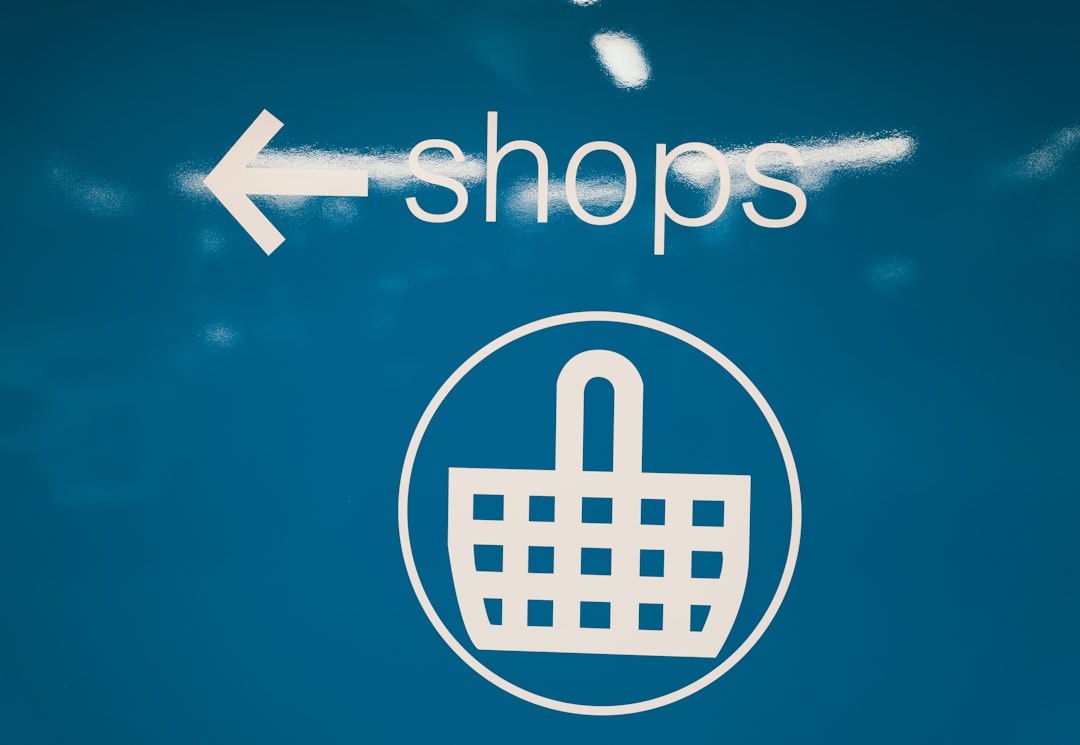In today’s competitive business landscape, understanding customers is no longer optional—it’s essential. Companies that excel at listening to their customers consistently outperform their peers. One of the most effective ways to achieve this understanding is by leveraging the Voice of the Customer (VoC) programs. These initiatives gather insights directly from customers about their experiences, expectations, and needs. Central to a successful VoC program is the process of tagging and deriving themes from customer feedback. Accurate and systematic tagging enables organizations to organize vast amounts of unstructured feedback, ultimately turning qualitative data into actionable insights.
Contents of Post
The Importance of Tagging in Voice of Customer Programs
Tagging is the process of assigning labels or categories to pieces of customer feedback. These labels may reflect issues, sentiments, product areas, or service touchpoints. Tagging is critical for several reasons:
- Structure Unstructured Data: Customer feedback often comes in the form of survey comments, call transcripts, social media posts, and online reviews. Tagging allows this unstructured data to be quantified and analyzed.
- Facilitate Analysis: Without tags, analyzing trends across thousands or millions of comments becomes nearly impossible. Tags make it easier to group feedback for analysis.
- Enable Prioritization: By tagging based on issue severity or frequency, organizations can prioritize what matters most to their customers.
A well-designed tagging taxonomy can uncover subtle, recurring issues that might otherwise remain hidden in the noise. However, establishing the right framework for tagging is critical.
Types of Tags Used in VoC Programs
There isn’t a one-size-fits-all approach to tagging customer feedback, but most comprehensive VoC systems incorporate multiple layers of tags, including:
- Topic Tags: These identify the subject of the feedback, such as price, feature request, delivery, billing, etc.
- Sentiment Tags: These indicate the emotional tone of the comment—positive, negative, or neutral.
- Customer Journey Tags: These place the feedback within a specific stage of the customer’s experience, like onboarding, checkout, support.
- Severity or Impact Tags: These help assess the urgency or criticality of the issue being discussed.
Choosing the right mix of tags is essential for accurate thematic analysis and for aligning insights with business objectives.
Manual vs. Automated Tagging
Tagging can be conducted manually or through automated tools such as text analytics platforms and natural language processing (NLP) software. Each method has its pros and cons:
-
Manual Tagging:
This method offers high accuracy when performed by trained analysts. However, it is time-consuming, costly, and difficult to scale. More subjective as well, it may lead to inconsistency without a clear taxonomy and training.
-
Automated Tagging:
Automation uses NLP to assign tags based on pre-trained models or machine learning algorithms. While faster and far more scalable, it can struggle with nuanced or context-specific language unless it is well-trained on the organization’s specific data.
The ideal approach often involves a hybrid model, where automation is used for scalability and efficiency, while human oversight ensures contextual accuracy and constant model improvement.
Thematic Analysis: Turning Tags into Strategic Insights
Once feedback is categorized through tags, the next step is organizing and analyzing these tags to identify themes. Themes are recurring patterns in customer feedback that highlight broader trends or issues. For example, if numerous customers mention issues like “unable to track orders,” “no shipping notification,” and “delayed deliveries,” these may collectively suggest a theme of logistics and real-time order tracking issues.

The process of building thematic insights typically involves:
- Aggregation: Group similar tags together based on emerging patterns.
- Prioritization: Quantify the frequency and impact of each identified theme.
- Trend Monitoring: Track the growth or decline of themes over time, establishing whether issues are being resolved or worsening.
In high-performing VoC programs, themes are mapped directly to business units or owners, making the output of analysis immediately actionable. For example, product teams might address feature request themes, while customer service looks into dissatisfaction with support responsiveness.
Best Practices for Tagging and Thematic Analysis
A successful VoC tagging and theme-identification process depends on a few established best practices:
- Start with a Controlled Vocabulary: Begin with a predefined set of tags to ensure consistency. Continuously refine and expand it based on new input.
- Ensure Cross-Department Collaboration: Different teams may interpret feedback differently. Aligning on tag definitions ensures consistency and relevance.
- Leverage Real-Time Tagging: Implement tools that tag feedback in real-time to support timely decision-making and customer reactions.
- Validate Tags Regularly: Routinely audit and update tagging methods and taxonomies to reflect evolving customer language and business priorities.

Bringing VoC Insights into the Organization
Compiling tags and themes is only effective when these insights are effectively communicated throughout the organization. Building a culture that acts on VoC data requires:
- Accessible Reporting: Dashboards and reports that show emerging themes, supported by direct customer quotes, ensure context.
- Quarterly Reviews: Regular meetings to review VoC themes alongside customer metrics like Net Promoter Score (NPS) highlight longer-term trends.
- Immediate Escalation Paths: Strategic themes with high severity should trigger workflows for faster resolution and cross-functional attention.
Teams that embed customer themes into product roadmaps, customer journey optimization efforts, and messaging strategies are able to create a level of customer relevance that is hard to compete with.
The Strategic Value of VoC Themes
Organizations often rush to fix individual complaints without recognizing the broader issue represented by the feedback. Thematic analysis allows businesses to solve systemic problems rather than treating symptoms. Moreover, themes gleaned from VoC efforts can:
- Validate Strategic Decisions: Ensuring that product improvements align with what customers are actually asking for.
- Reduce Churn: Identifying and addressing themes that commonly contribute to customer dissatisfaction.
- Drive Innovation: Discovering themes in feedback related to unmet needs or suggested improvements.
Ultimately, organizations that treat customer voices not just as support data, but as strategic input, develop a rich source of innovation and customer alignment.
Conclusion
The Voice of the Customer is an invaluable resource for any organization aiming to improve and innovate its products, services, and customer journeys. However, the sheer volume and variety of customer feedback demand a structured, reliable approach to make the most of it. Tagging and thematic analysis provide the systematic backbone needed to make sense of unstructured data. By validating, categorizing, and acting on what customers are saying—consistently and at scale—organizations can unlock deeper insights, increase customer satisfaction, and foster a more customer-centric culture across the business.

